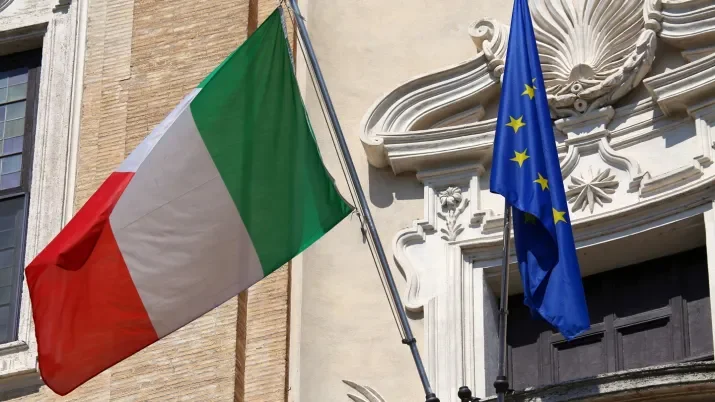Italian Politicians Are Listening to the Market
Last Friday we were surprised that a comment from a G7 finance minister, which should have been taken highly positively, was somewhat skipped over by the markets.
For those who missed it, Giovanni Tria said that he was preparing a budget with a 1.5% deficit-to-GDP ratio. This should have been a huge relief to investors who were nervous at what the free spending populist government might actually come up with, and how they might play brinksmanship with their colleagues in the EU as the budget process evolved over the next month.
Markets initially took Tria’s comments with a pinch of salt, as they believed his thinking may not have been all that joined up with that of the prime minister and deputy prime minister. Tria also warned his bosses, Di Maio and Salvini that they should beware how their public comments could spook Italian financial markets. Rightly so.
Wind the clock forward a couple of days, and Italian assets have been the star outperformers as Salvini said initially that the budget deficit might brush 3% and then said it might be 2%. PM Di Maio has now said the budget will be within Italian budgetary law. Finally some market prudence.
Naturally a deficit of 1.5% would be terrific news, but even 2% to 3% should be viewed positively, being below the 3% threshold set by the EU. We should also remember that much higher deficits have been approved on a temporary basis if they are deemed in the long term economic interest of that country. Spain being the poster child in that regard.
A brief look at last year’s deficits shows France at 2.6% and Spain still above the EU threshold with 3.11%, while Italy came in at 2.3%. So while all eyes may understandably be on Italy, we are now moving into EU budget season and there may be other nations whose deficits actually make Italy not look quite so bad.
Should this turn out to be the case, Italian BTPs could have a lot more upside from here.



